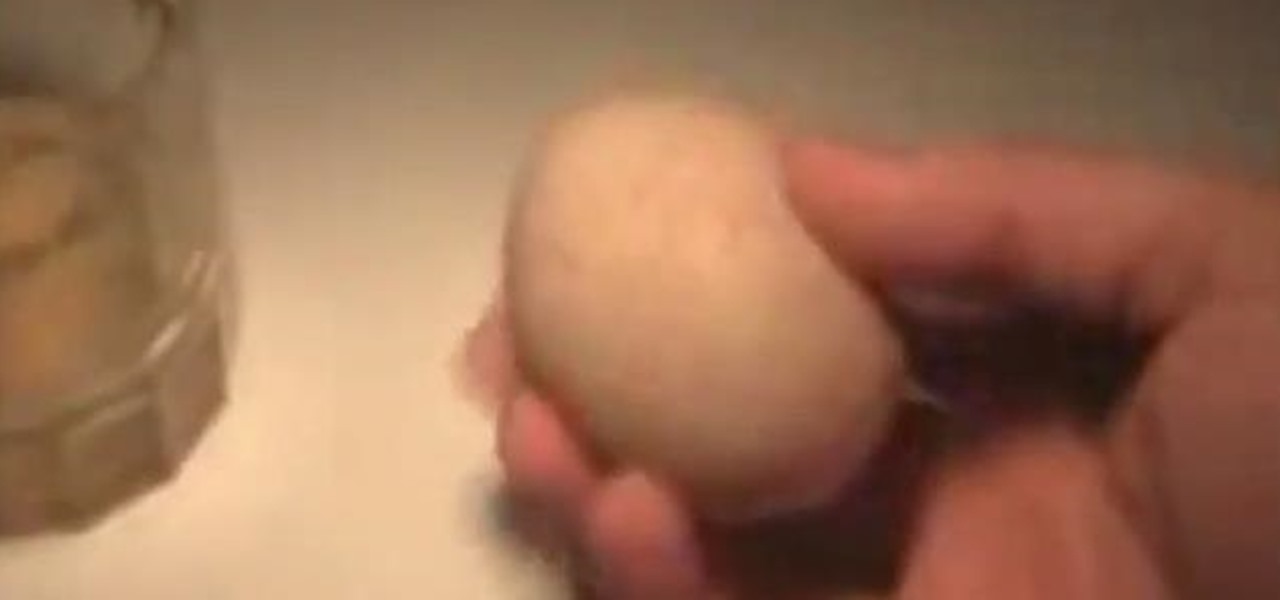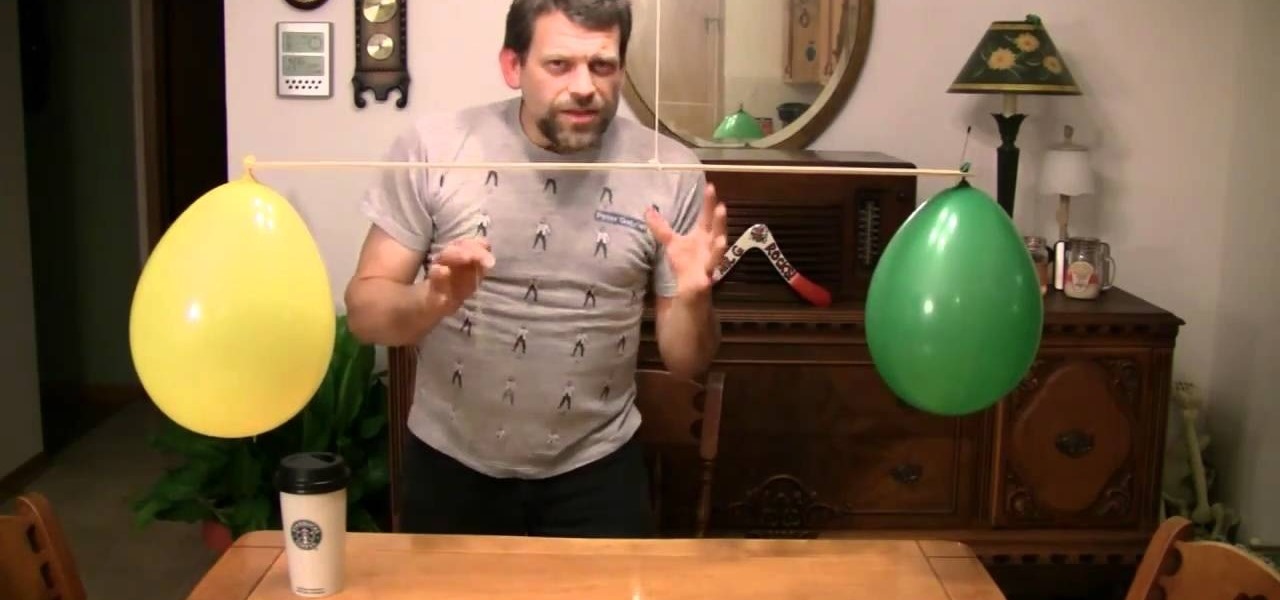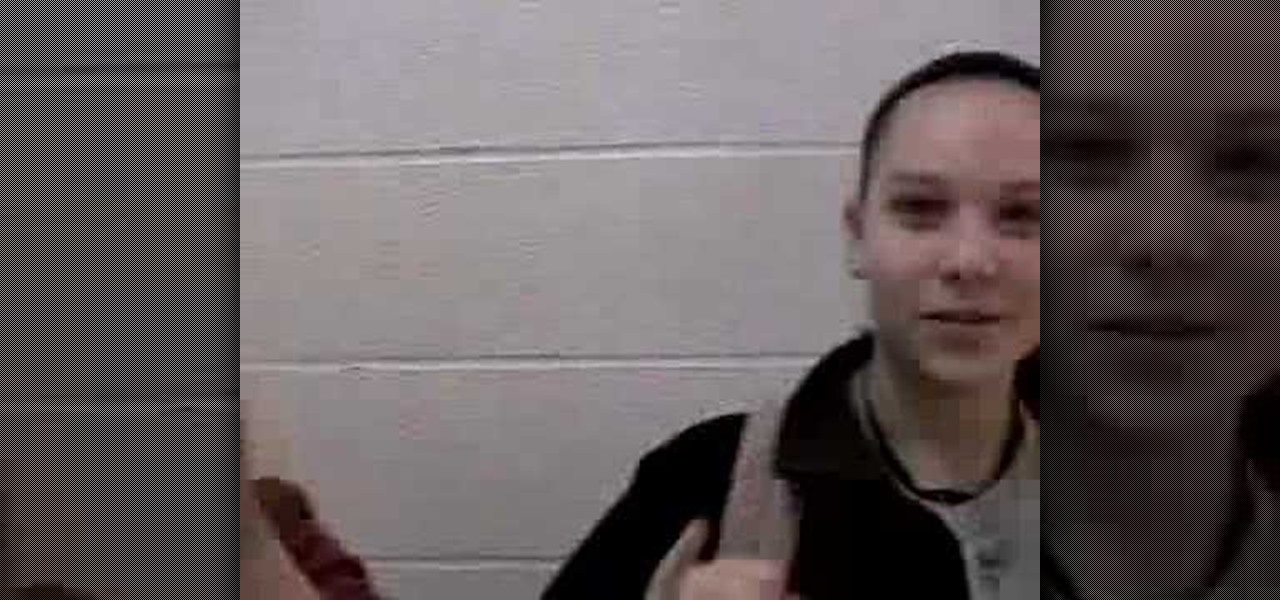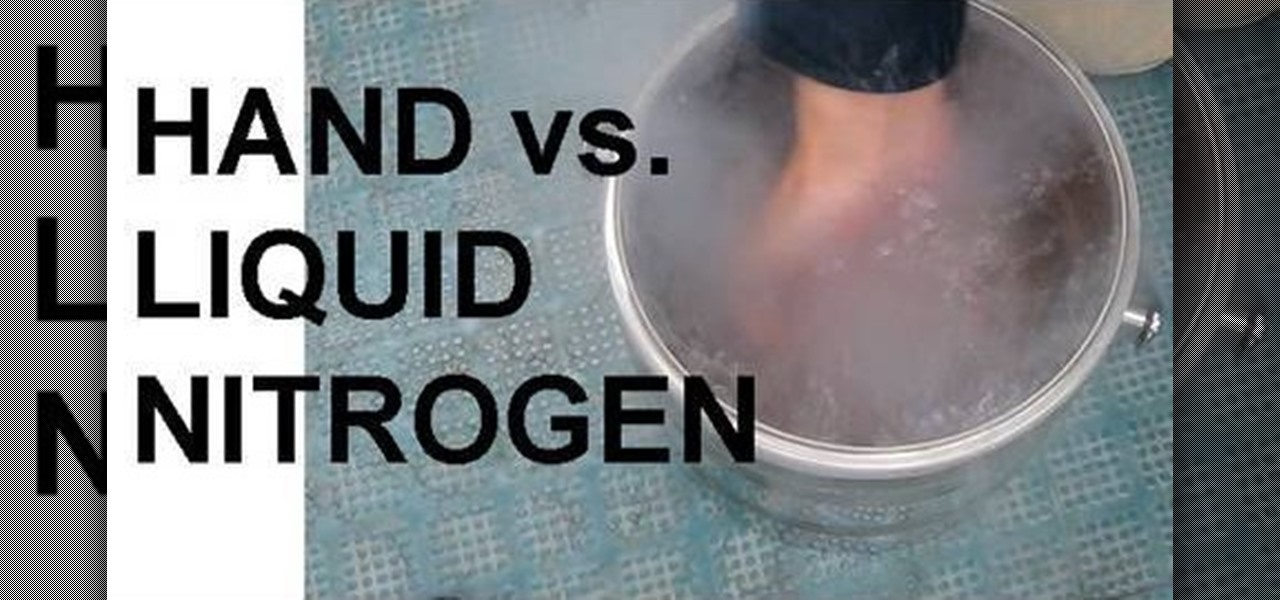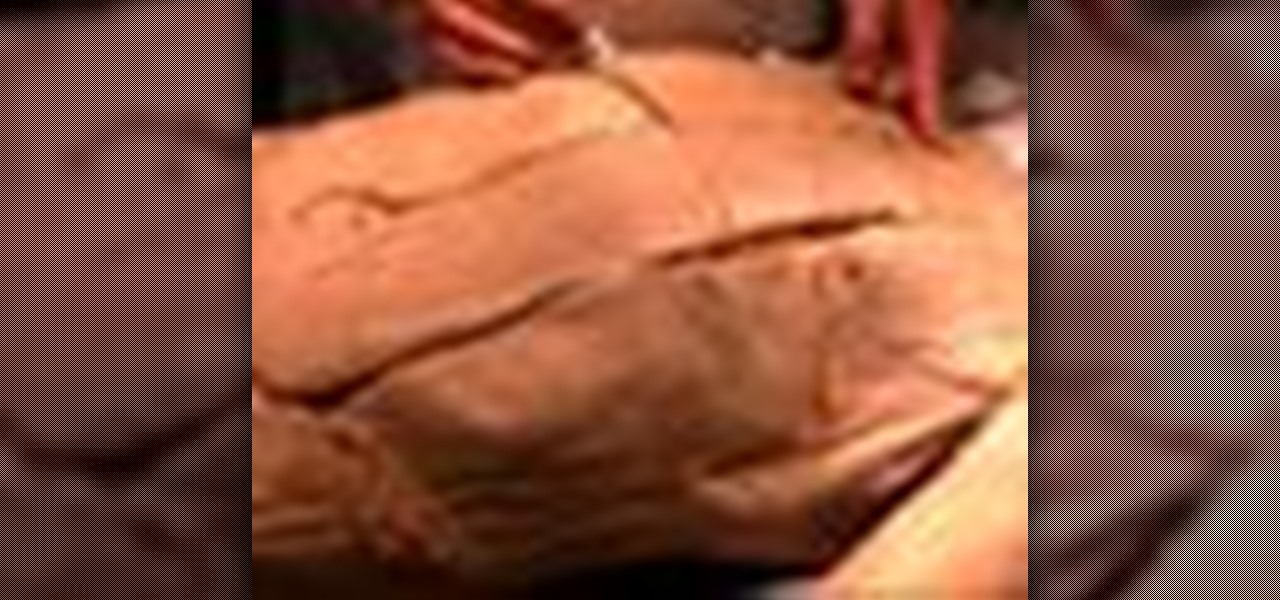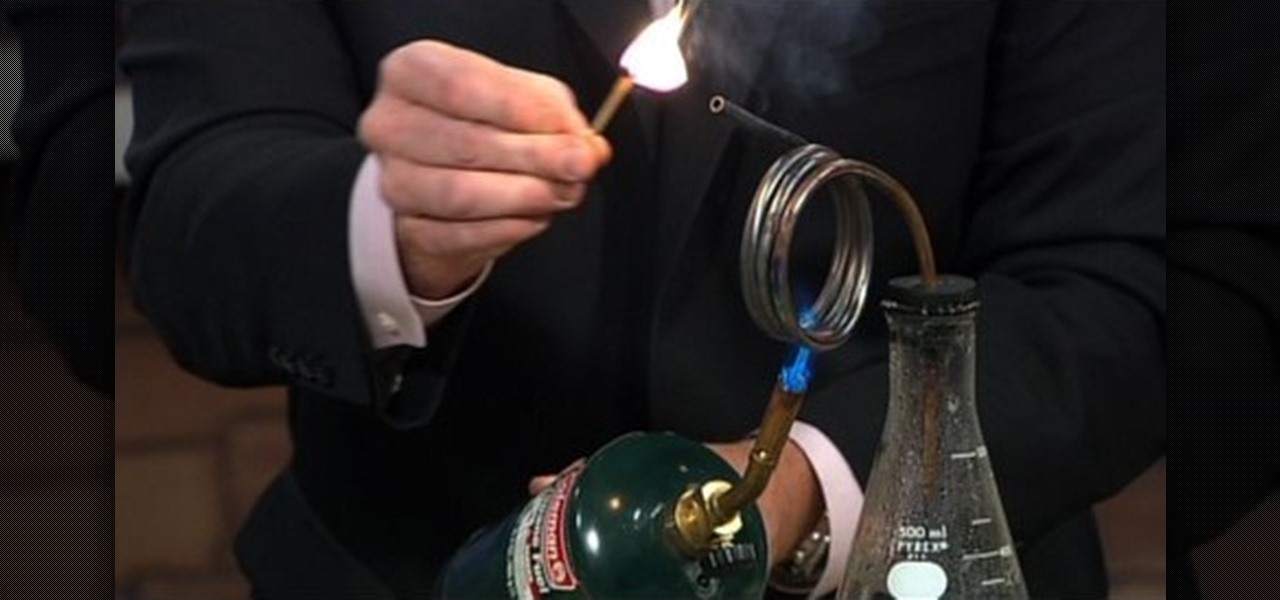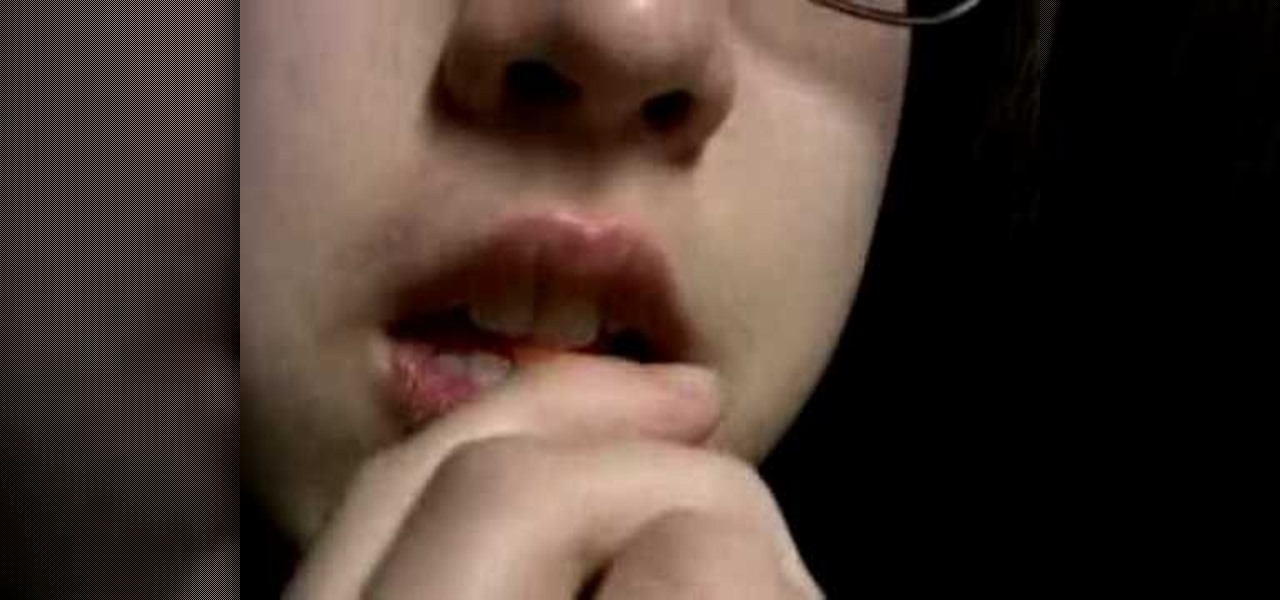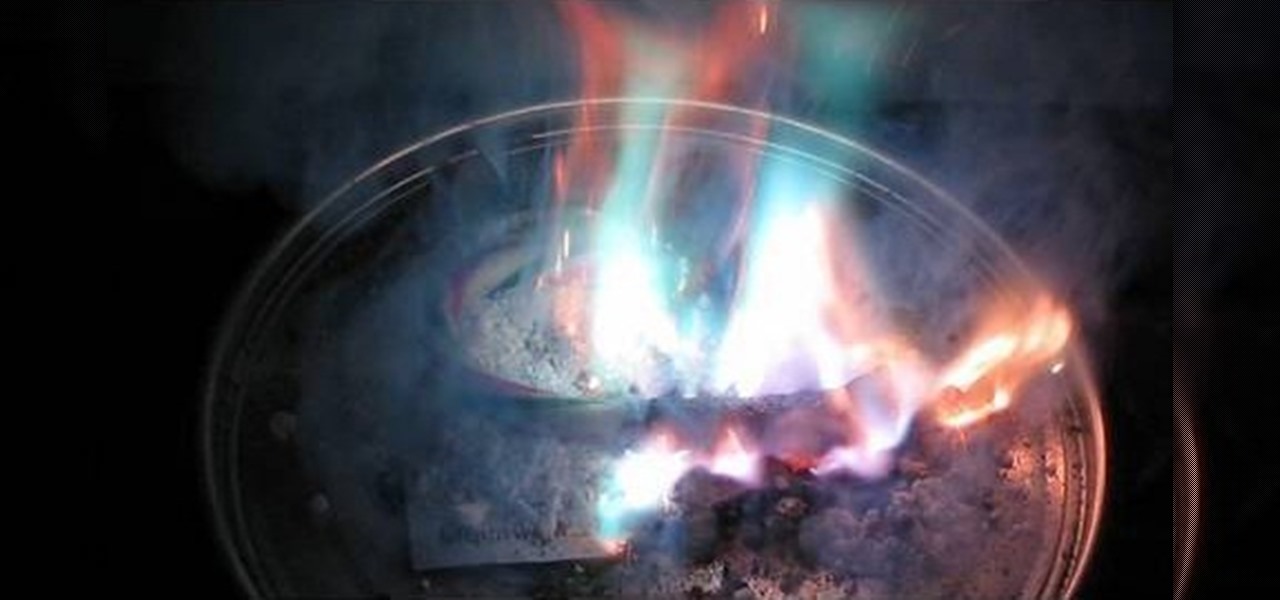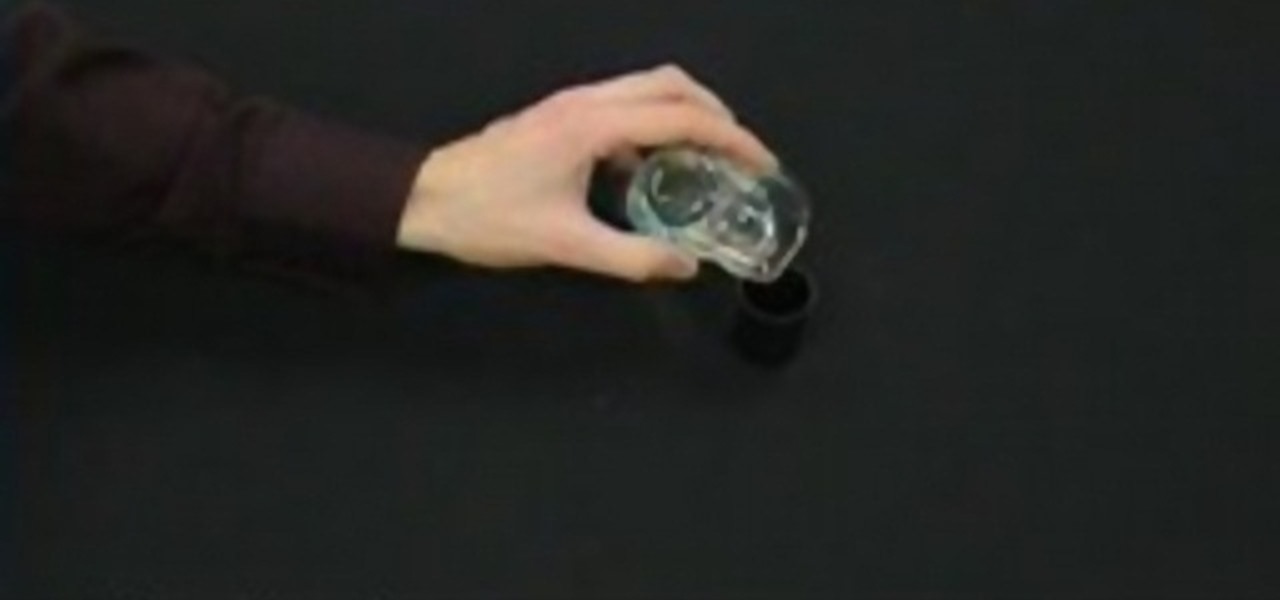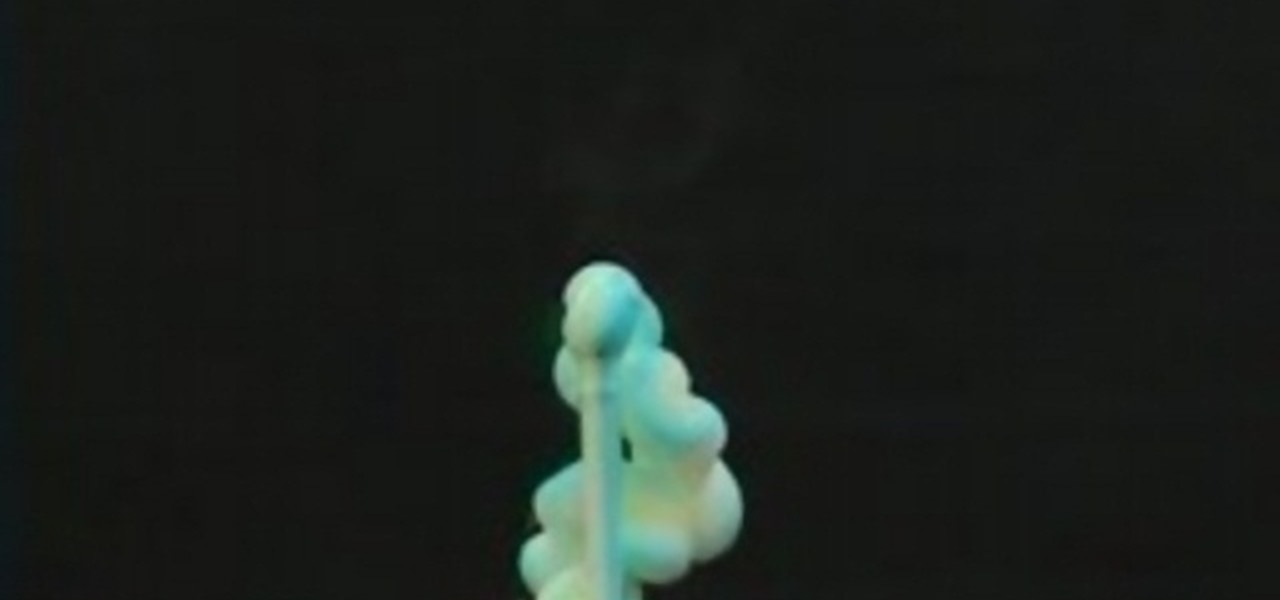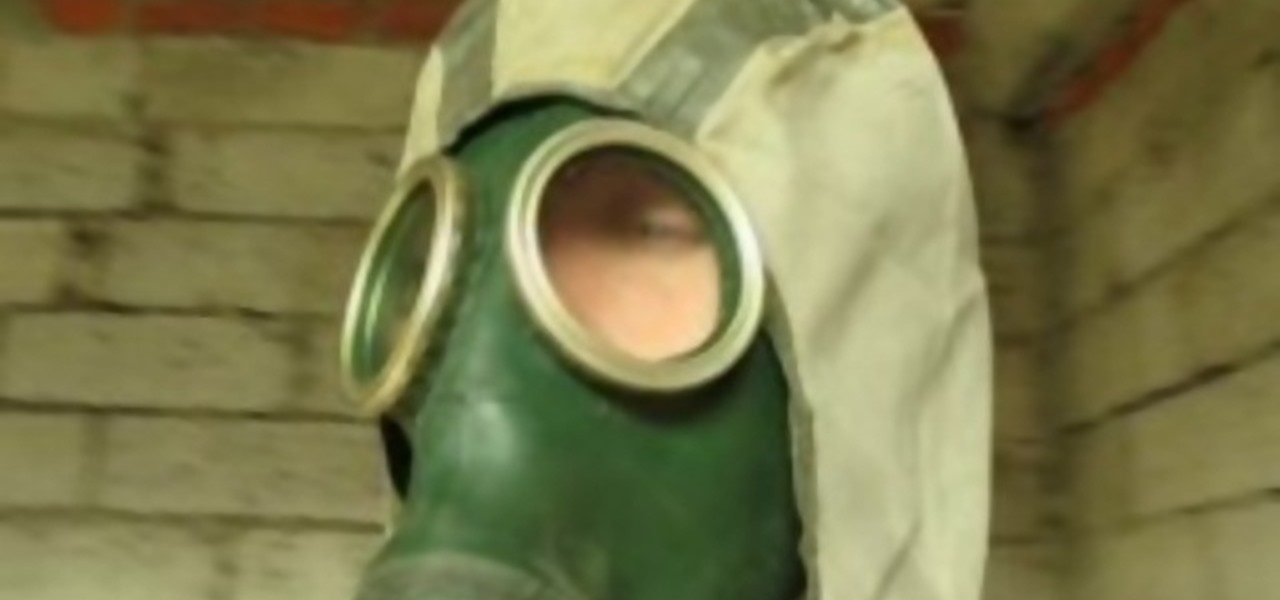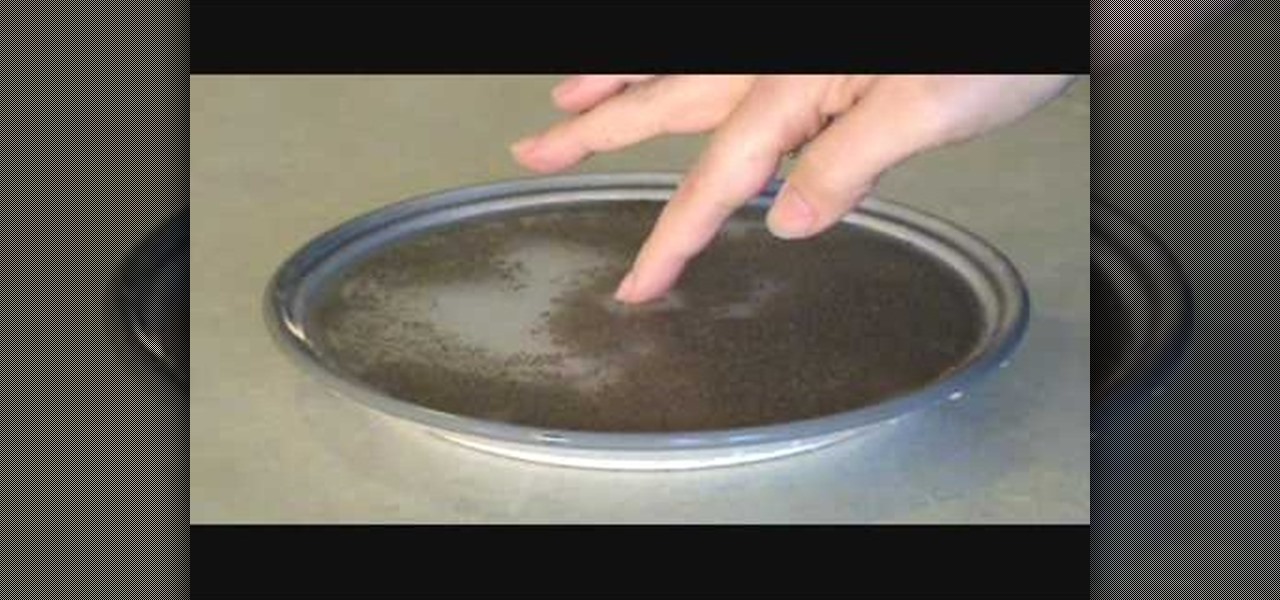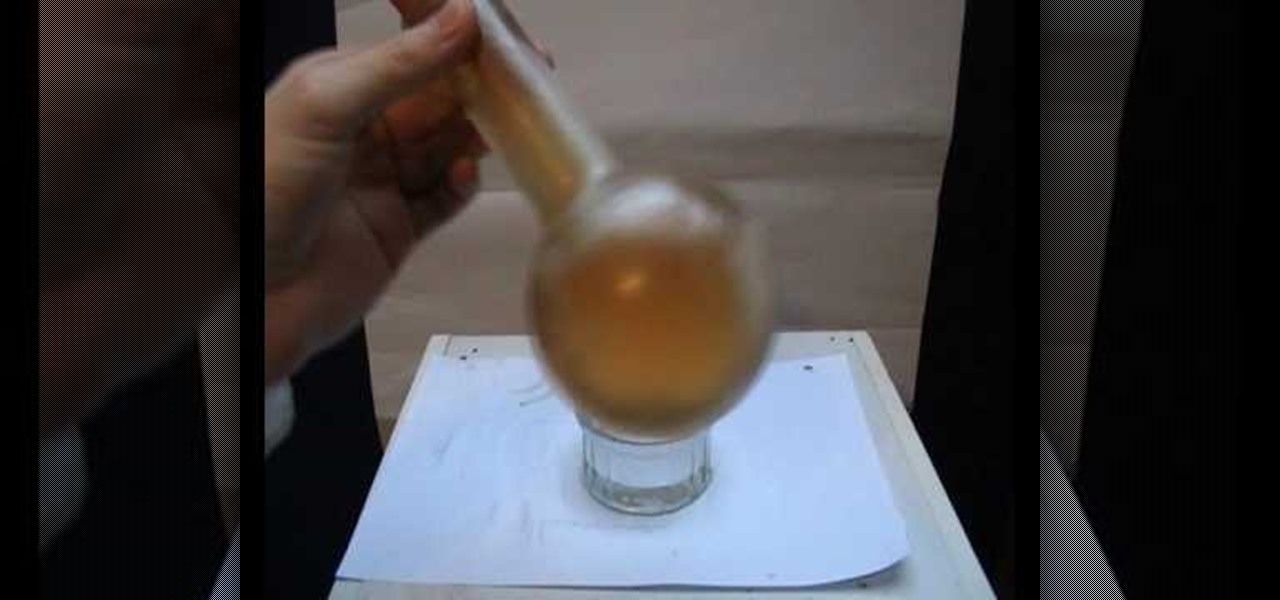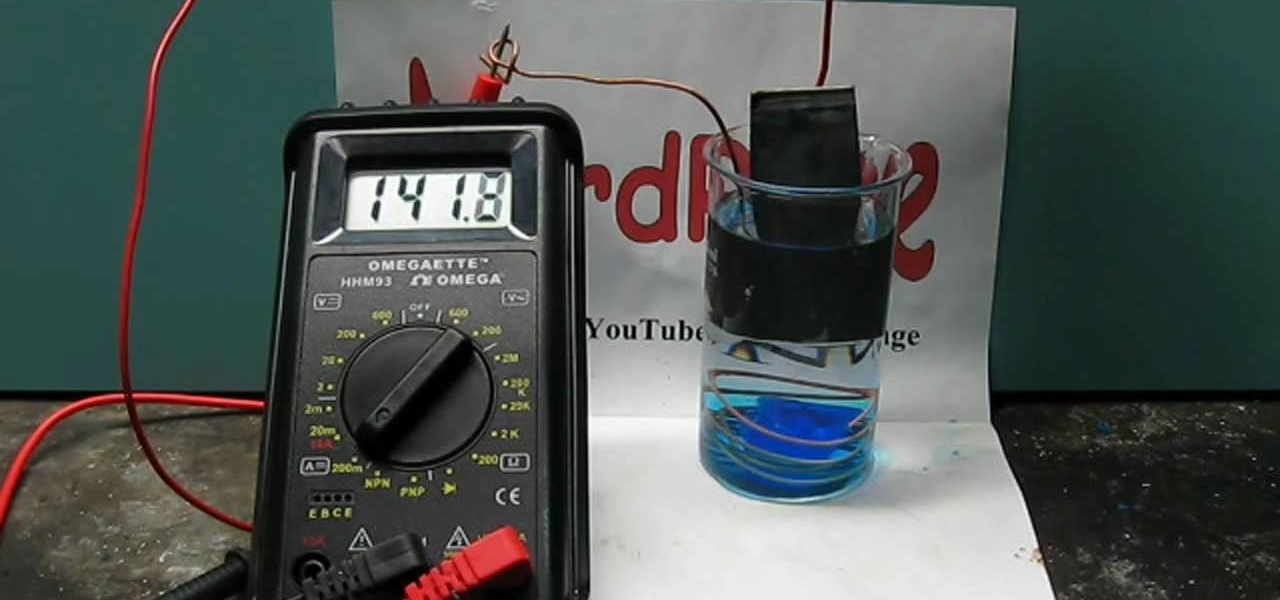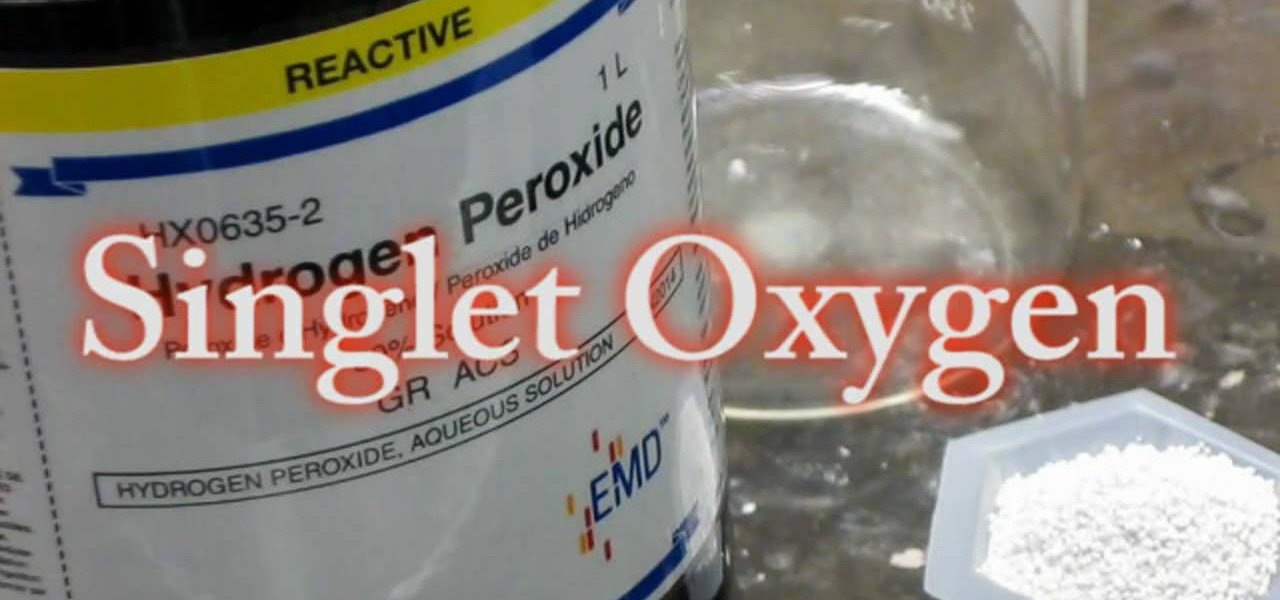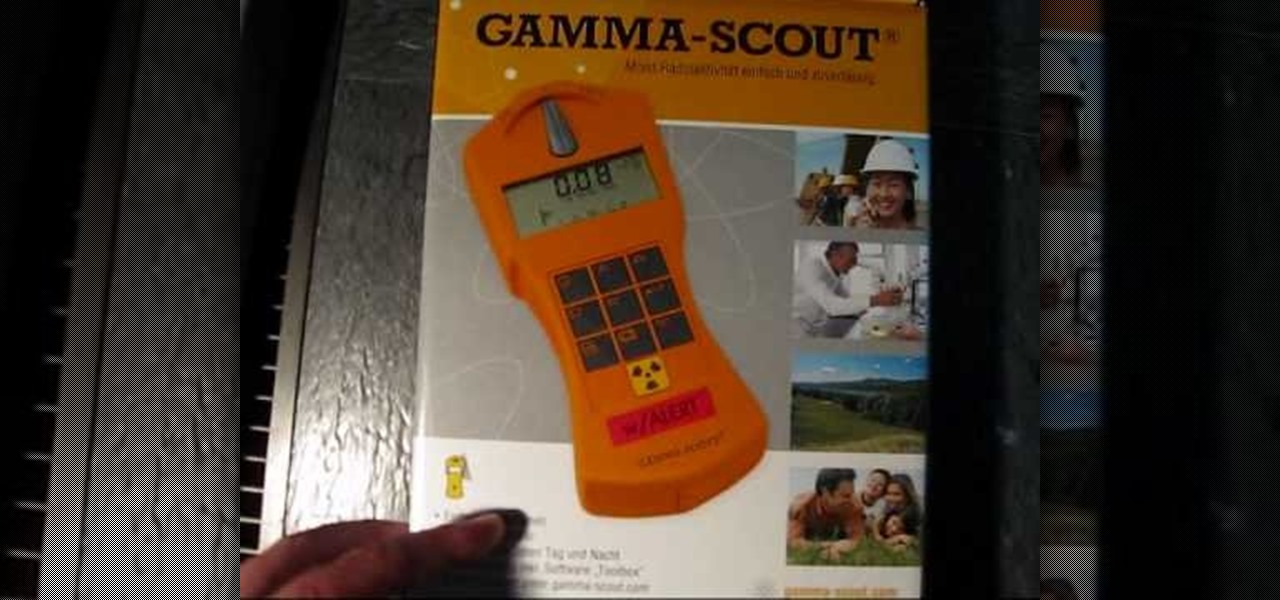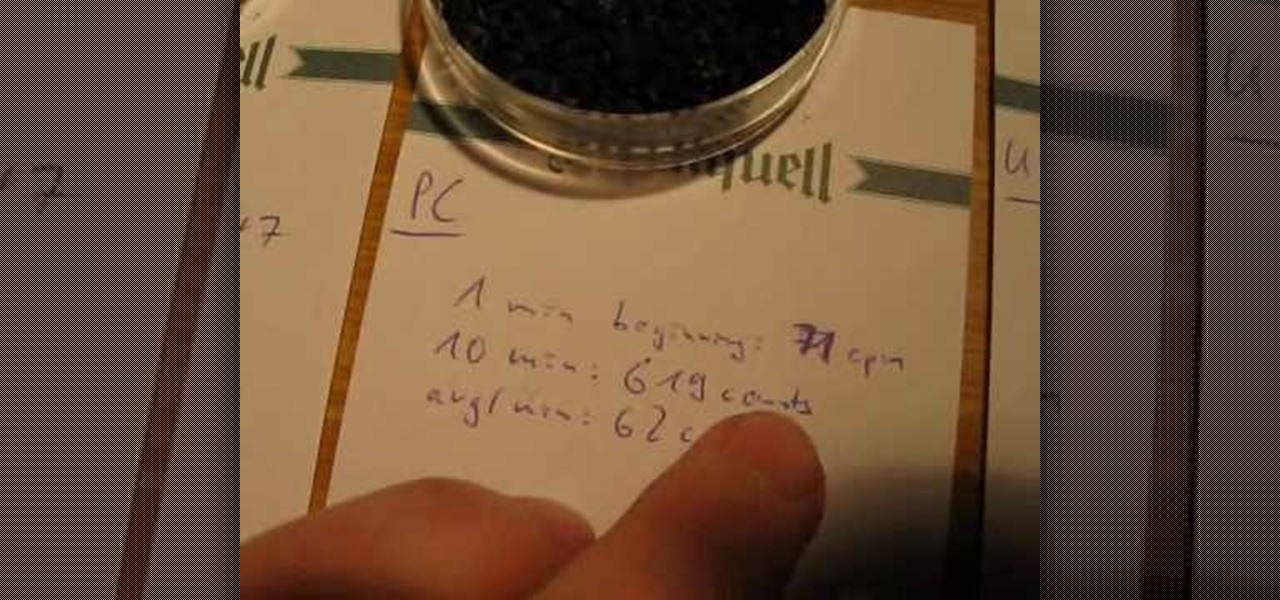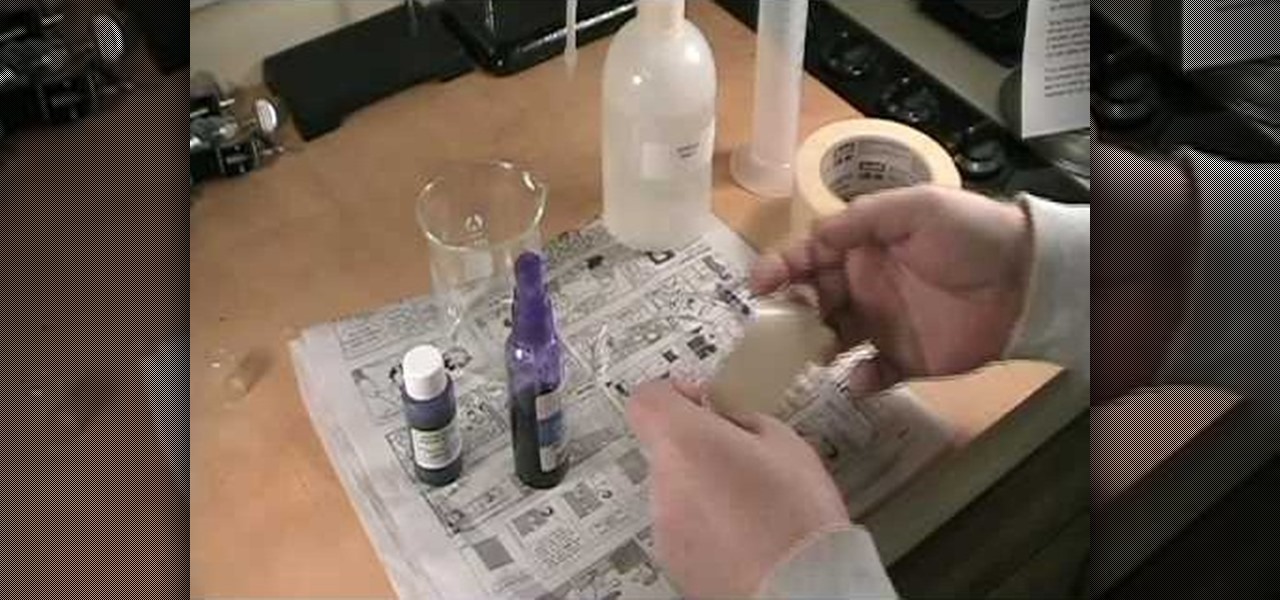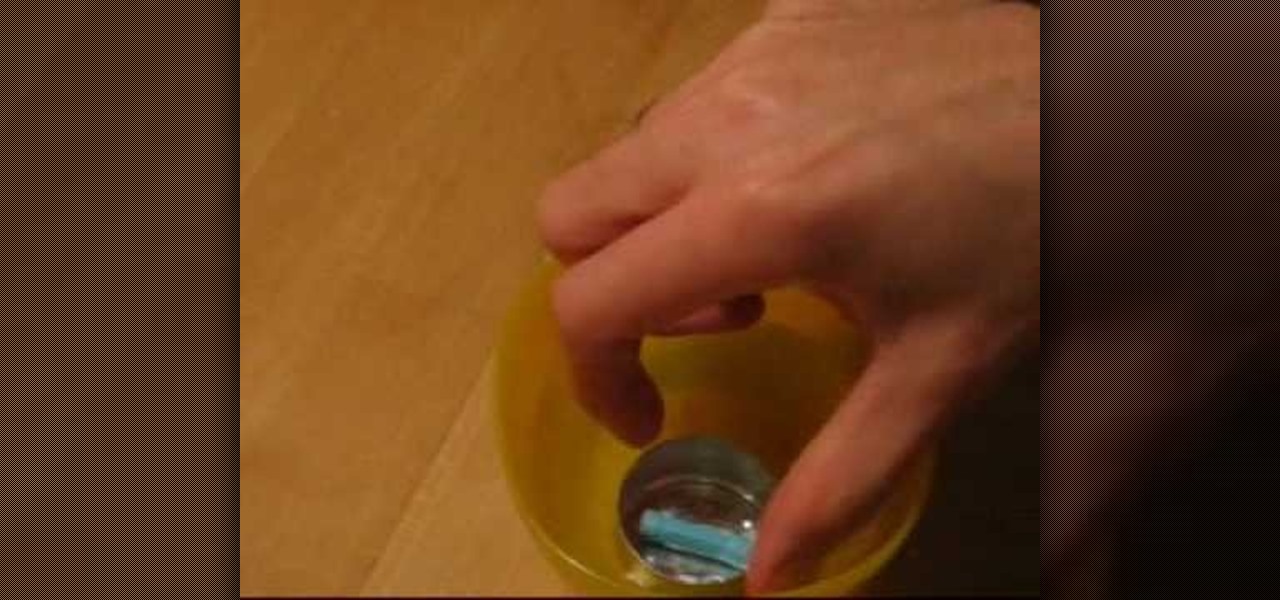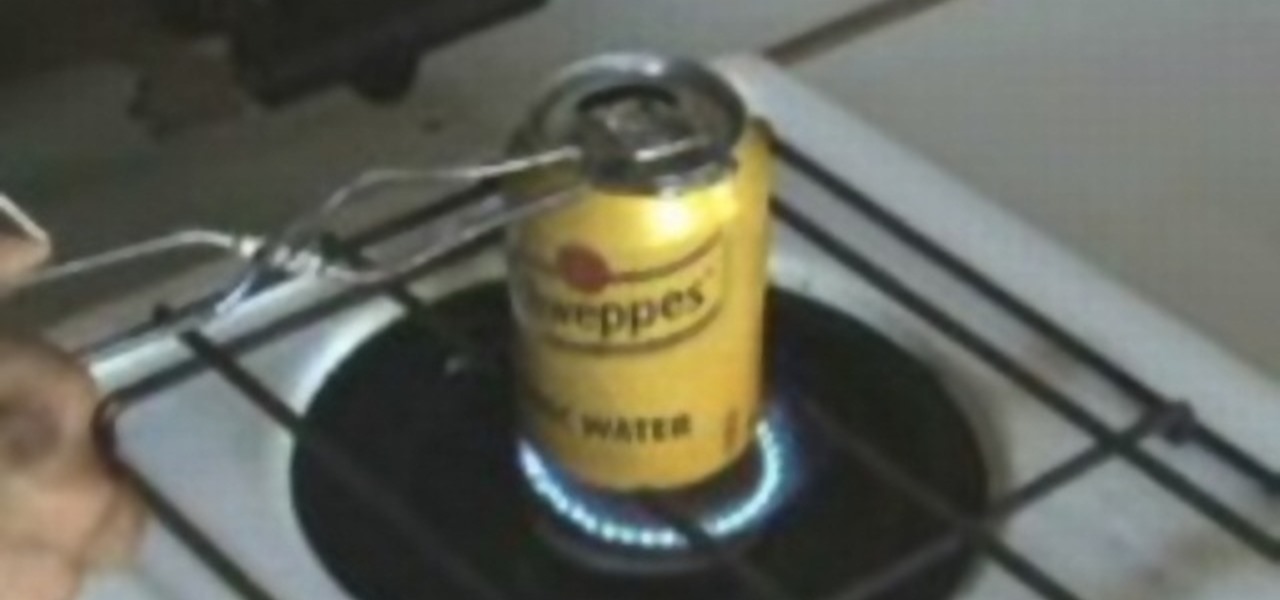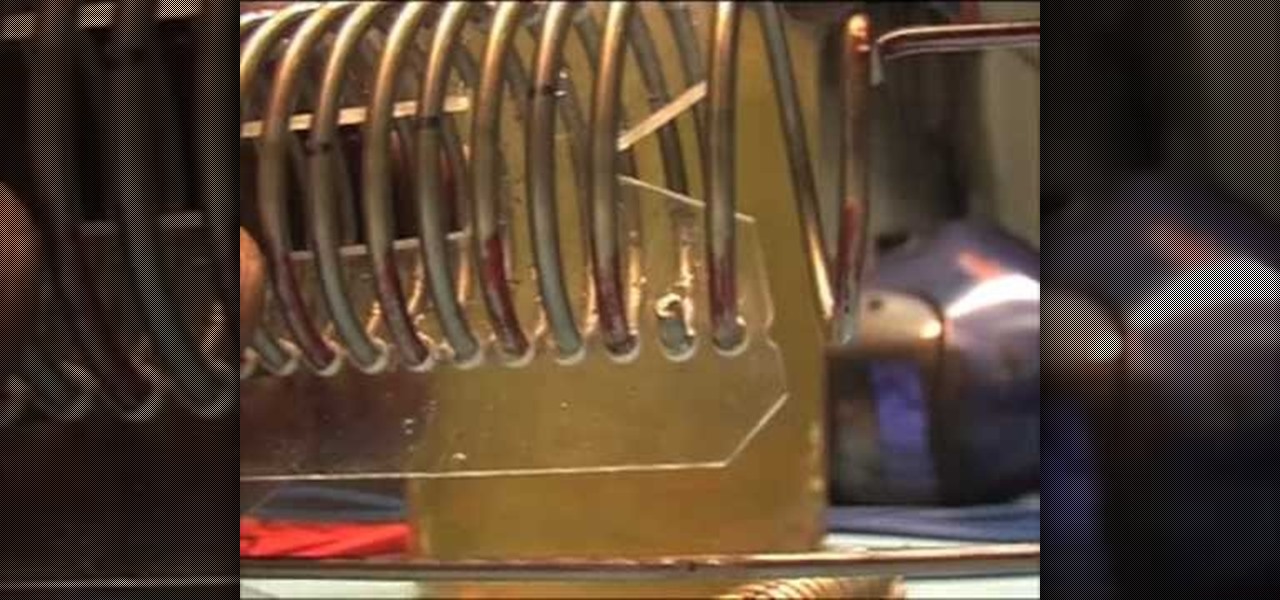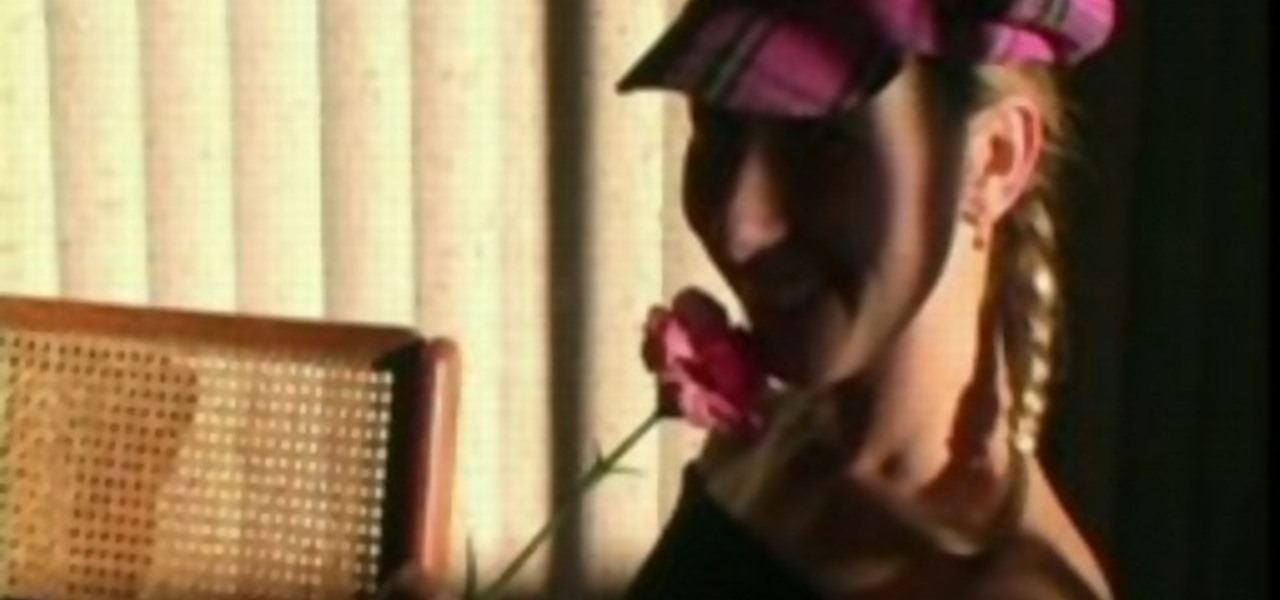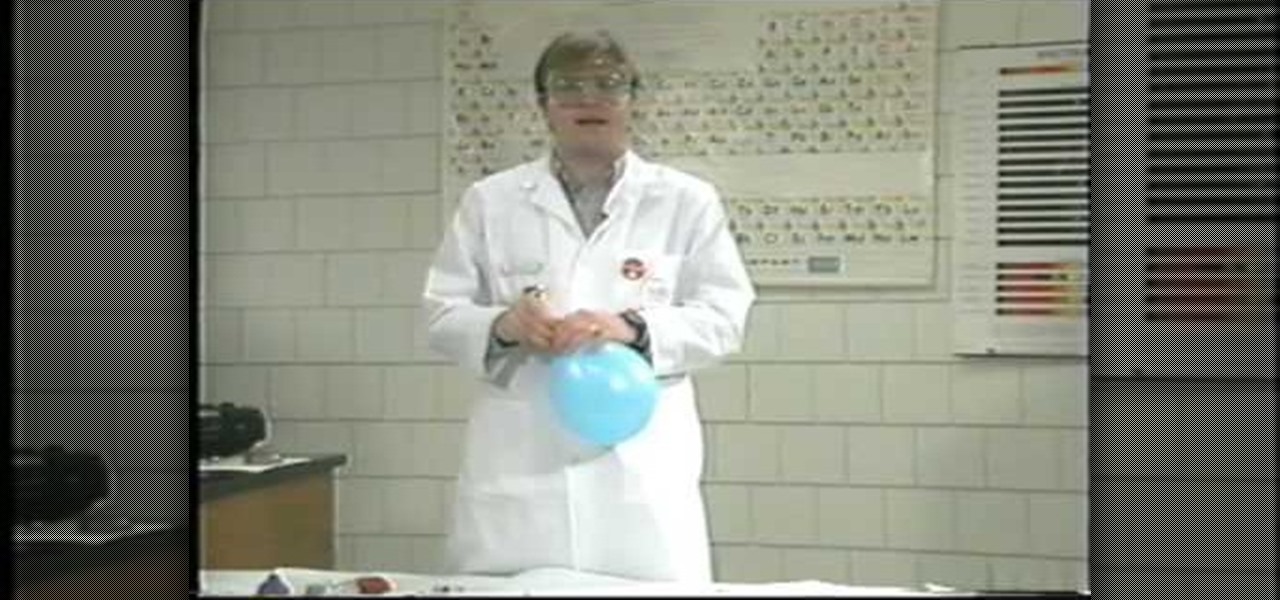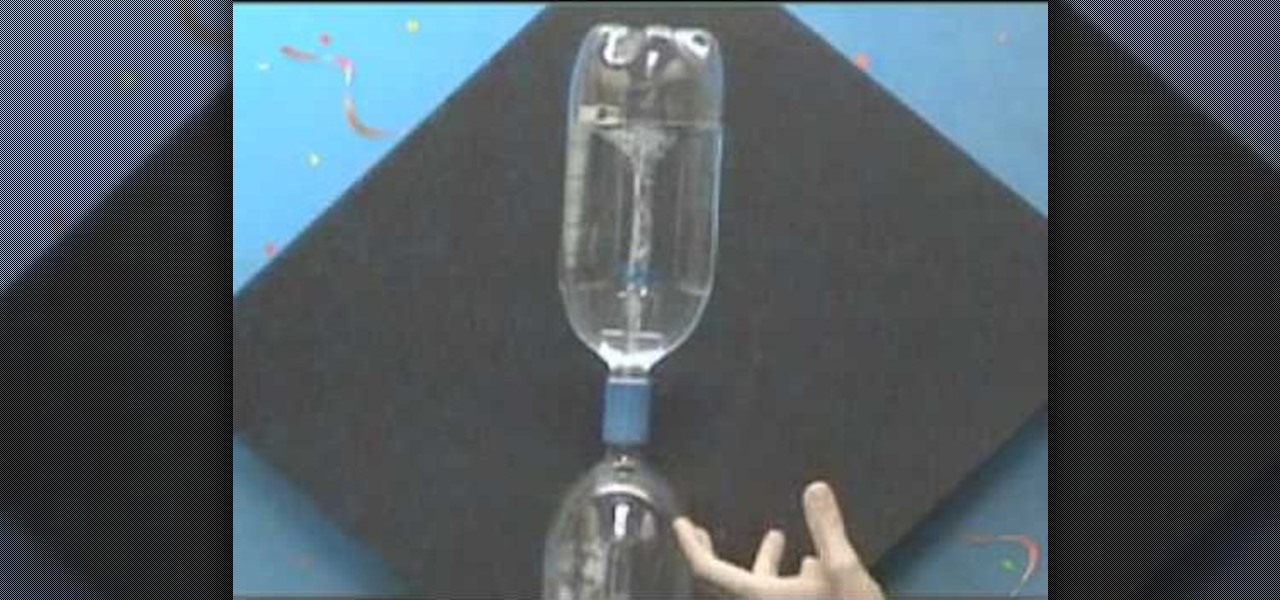
Occasionally, a not-so-great movie also does something so right that you have to forgive some of its sins and give it a little love. Such is the case with the latest film from Keanu Reeves, Replicas, which takes a HoloLens-style device and gives us a look at how future research labs might use that kind of augmented reality device, sort of.

Bernoulli's Principle states that when an incompressible fluid moves through different sizes of tube, the fluid's speed changes. This simple do it yourself science experiment presented by Mr. G shows this plain and simple.
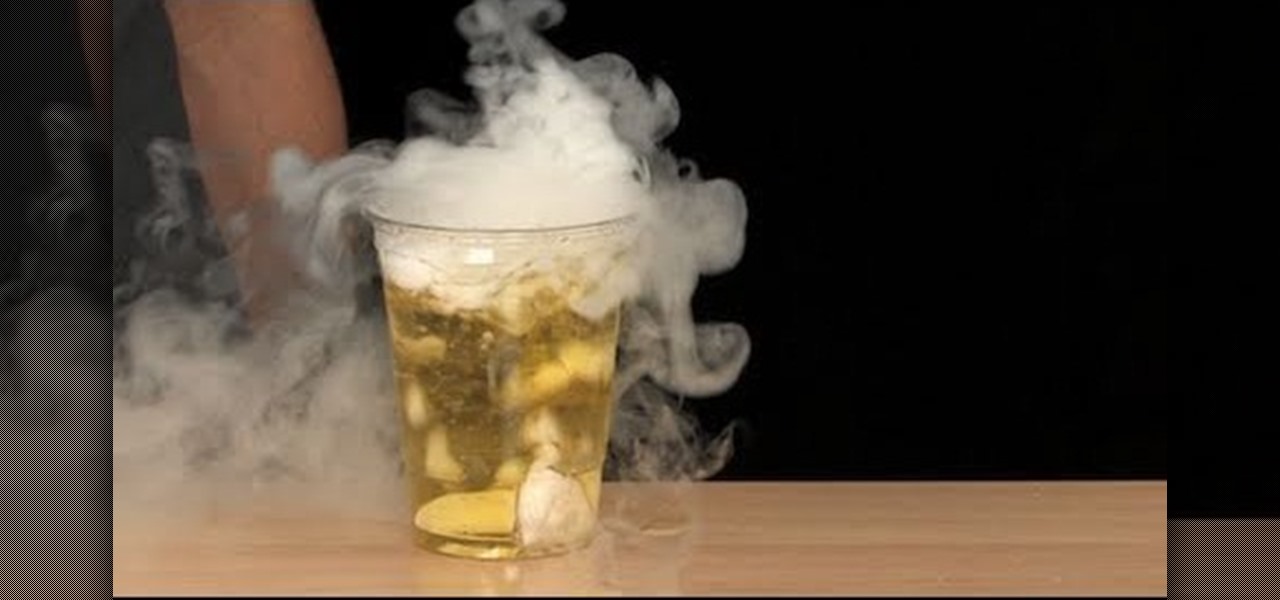
In the mood for a little mad science? In this home-science how-to from Steve Spangler, we learn how to prepare a bubbly, color-changing concoction using water, ammonia, a universal indicator (cabbage juice will do fine), dry ice, gloves and two plastic cups. Now, repeat the process, this time adding a teaspoon of ammonia when you add your universal pH indicator.
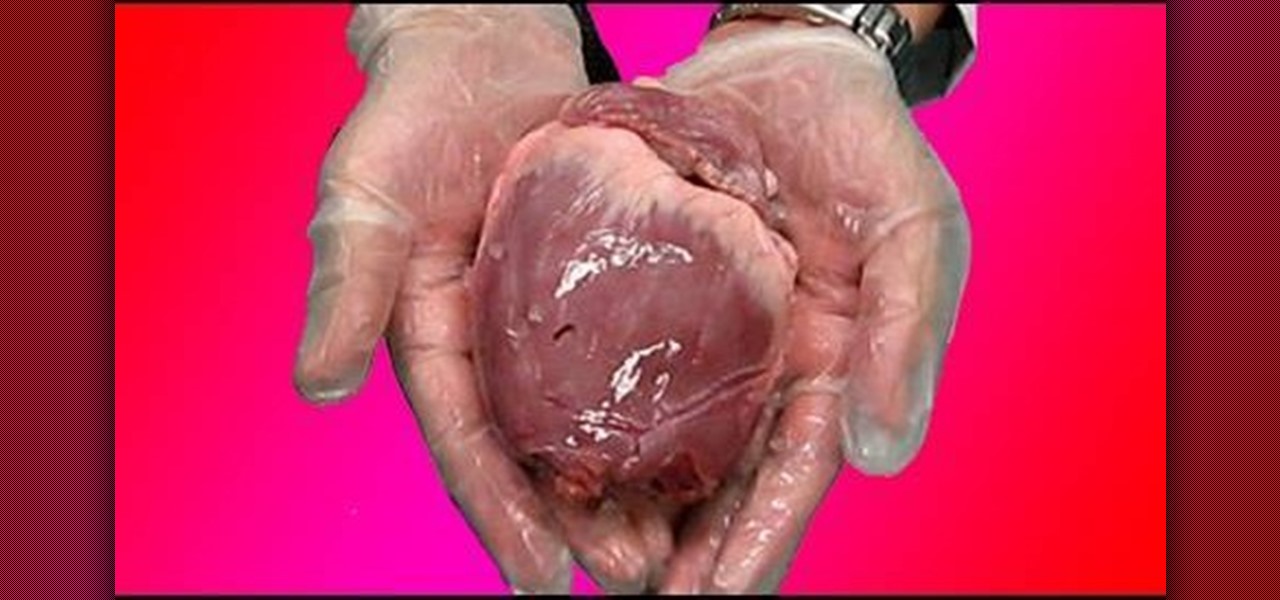
You'll be breaking hearts this Valentine's Day, literally, you'll be "breaking hearts"… if you try this science experiment. A live heart. That disgusting thing you swear your love by. How do nerds break hearts? With liquid nitrogen!
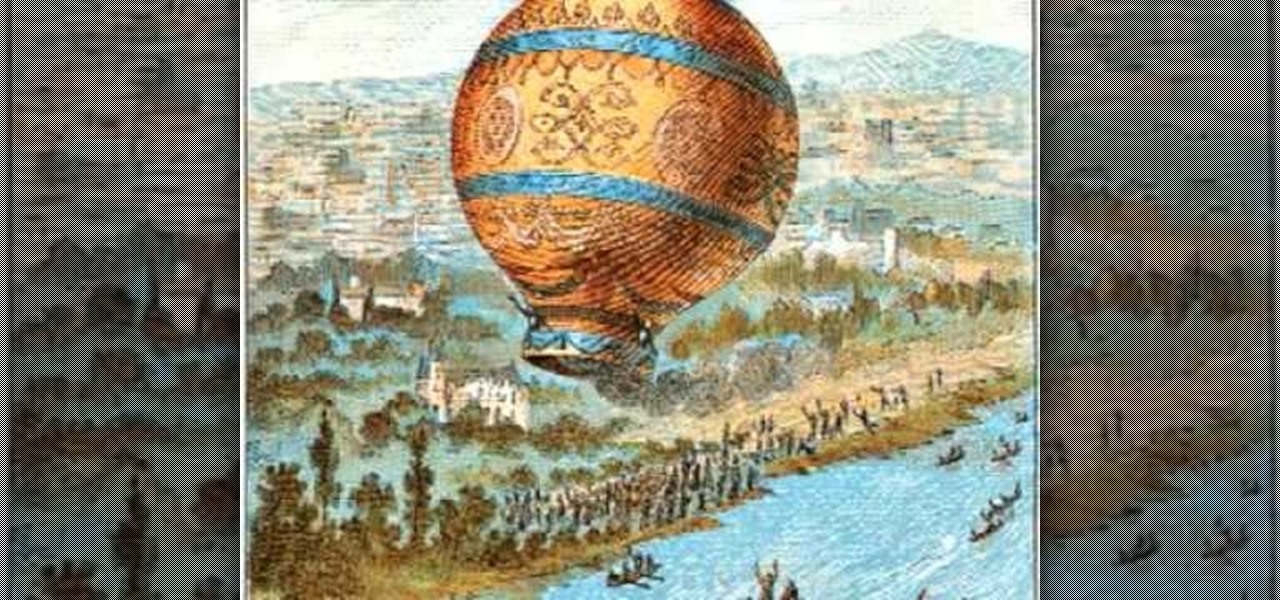
Think a hot air balloon is something you can only read about in books? Think again. In this six-part science based tutorial, learn how to make your very own hot air balloon using science & the following easy to find materials: plastic bags, plastic drinking straws, thin candles, aluminun foil, tape, and scissors.
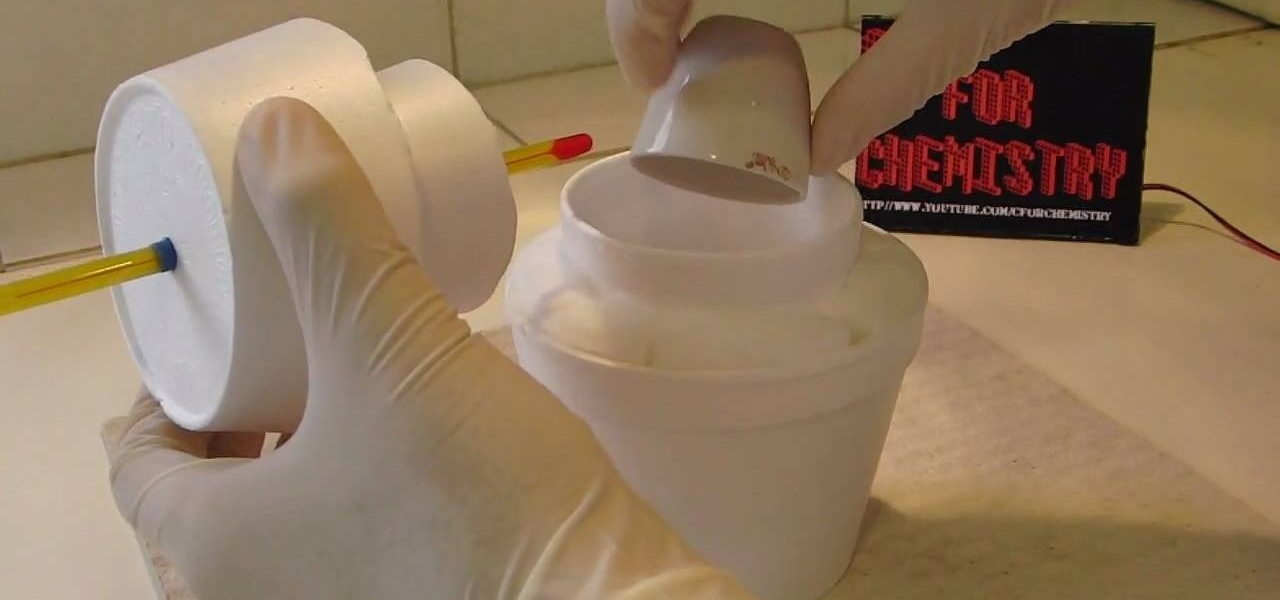
C For Chemistry delves into the chemistry of science experiments. This chemist knows what he's talking about. These chemistry experiments are not only fun, but very educational for all of those interested in scientific chemical reactions and properties.

Turn your kitchen into a science lab with this egg-tastic science experiment, which turns a shelled raw egg into a bouncing translucent ball. It's one of the simplest tricks of all time, and all you need is a raw shelled egg and some vinegar.

You can get a real steal at a house foreclosure sale, or you can overpay for a money pit. Here’s how to avoid the latter. With the bad economy, now is a great time to take advantage of real estate bargain sales. Watch this video real estate tutorial and learn how to get a good deal on real estate foreclosures.

With this cool science trick by Mr. G, learn how to weigh something you can't even see! Using a stick, some string and two balloons, you can see in your very own home that air, invisible as it is, has weight. This is a good example to show atmospheric pressure.

In this four-part science tutorial, learn how to make a model of a hand that works like a real hand: with tendons that move the fingers. This is a great tool to teach kids the body's inner workings. Part 1 includes an introduction and parts 2-4 include the step-by-step instructions to contruct this learning tool.

Check out this instructional real estate video that demonstrates how to sell your home or real estate fast in a slow market. Get every real estate agent in town to show your property first without paying full commissions. This is what most realtors don't want you to know! Sell your home fast in this real estate video presentation.

What would happen if you stick your hand in a pool of liquid nitrogen? Would your hand freeze to death? Would it harden to an unnatural state? Would it shatter as soon as you touched something? Well, real life isn't like the movies (i.e. Demolition Man), so believe it or not, your hand would be safe, thanks to a little known phenomenon called the Leidenfrost effect.

Before you start dissecting the body of a human being, there are a few things you should probably learn first. This anatomical look at the human body will give you just what you need to delve into your human dissection. Just watch this video tutorial on a few bony landmarks you should be aware of by palpating, like the clavicles, the sternum and sternal notch, the rib cage, and the pelvic region.

This is a cool experiment that shows what happens when we superheat steam. Wath as we move beyond a gas to something else! Steve Spangler is the science man and he'll turn you on to something cool. We usually think of water as a substance used to put out fires... but what happens when water turns to steam and that steam gets superheated? Watch in amazement as the steam created in the experiment is used to create - not extinguish - fire!

3,2,1... blast off! Here's a fun little experiment you can do with a tea bag and some matches. You can try it at home and see how far up you can make your tea bag rocket go. The Tea Bag Rocket is really an adaptation of a classic science demonstration called the Ditto Paper Rocket. Each piece of Ditto paper had a sheet of tissue paper that separated the two-part form, and it was this discarded piece of paper that kids used to make the "rocket." Since Ditto paper is a thing of the past, scienc...

In this two-part science tutorial, learn how to make a DIY reed instrument! By cutting the end of a drinking straw you can make a musical reed instrument that you can actually play a tune on. Within these videos, you will also gain some insite into the science of sound and music.

How many times have you tried to set fire to candy canes, only to watch in sad frustration as they melt into sticky blobs. We've all been there, right?

Try out this science experiment... watch this video tutorial to learn how to make a simple rocket with film canisters. This is purely educational, and demonstrates the reaction of an Alka-Seltzer tablet, toilet paper, and water. If you don't have Alka-Seltzer, you can substitute it with baking soda, then substitute the water with vinegar.

Try out this science experiment... a classy chemical demonstration. Watch this video tutorial to learn how to make a foamy elephant toothpaste chemical reaction. There's a reason why they call this elephants toothpaste.

Try out this science experiment... demonstrate pressure and volume. Watch this video tutorial to learn how to create an explosion with liquid nitrogen and a plastic bottle. See the demonstration of the exploding reaction of the pressure build up in the bottle.

Ever wonder how to measure the height of a building, without using a tape measure? Well, this crazy science experiment will show you how. Just watch and you'll see how to measure the height of a building with a CRT monitor, gravity and math.

This science video shows how to estimate the diameter of the Sun, including step-by-step instructions for constructing the equipment needed and an overview of the geometry of similar triangles. If you like space and science experiments, you can't miss this one.

In this tutorial, we learn how to create a plankton science model. You will first need a clear bucket with water, modeling clay, toothpicks, sponge, beads, buttons, pipe cleaners, Styrofoam peanuts, and more. To make the plankton, you will first take the peanut and stick a toothpick into it. Then, add a paperclip on top of that to give it some weight. Drop it into the water and see if it floats or sinks. Add some more weight to it to see how much weight it takes to sink it to the bottom. Have...

Surface tension is one of the coolest things about water. Without it, there would be no waterskiing, and that would be a sad world. This video will show you how to do a cool science magic trick with pepper, soap, and water that demonstrates surface tension. All you do is scatter the pepper on the surface of the water, then dab your finger with dishsoap and touch it to the water. You finger will appear to repel the pepper as the soap disturbs the surface tension of the water. Cool little trick...

Love doing science experiments? Want to impress your friends with your science skills and look good? Then you must watch this video.

Watch this science video tutorial from Nurd Rage on how to make copper sulfate and zinc batteries. They show you how to make the classic copper sulfate and zinc battery using the incredibly easy "gravity" battery design approach. Great for science fairs and similar projects this battery can be used to explore many basic concepts in batteries.

Unfortunately, no one seems to have, or willing to share, the science of making a real teleportation chamber. That doesn't mean you can't make a prop one though. Parker put together this video to show us how. You will need foam core poster board, a hot glue gun, duct tape, a pane of glass or plastic, silver spray paint, black paint, and cardboard. Watch this video prop-making tutorial and learn how to build a teleportation chamber.

These guys make pennies change color in class. No, it's not real gold, and by the way - no, it's not real gold. Just watch and see how to do real alchemy, like you would in chemistry class.

Watch this science video tutorial from Nurd Rage on how to make a chemiluminescent reaction with home chemicals. Make a chemiluminescent singlet oxygen red light pulse from two simple chemicals almost anyone can buy: pool chlorine and hydrogen peroxide.

This free video science lesson from YouTube's bionerd23 demonstrates ahow to use a GAMMA-SCOUT Geiger counter radiation detector. For all of the relevant details and detailed, step-by-step instructions, as well as to get started using your own GAMMA-SCOUT Geiger counter, watch this home-science how-to.

This free video science lesson from YouTube's bionerd23 demonstrates a simple technique for detecting the presence of radon, a radioactive noble gass. For all of the relevant details and detailed, step-by-step instructions, as well as to get started trying this experiment yourself, watch this home-science how-to.

This video would be very interesting for those seeking careers or those interested in the field of criminal science. This field involves forensic science. The video explains to us how to use gentian violet in order reveal latent fingerprints. He explains to us the experiment he is about to do before he does it. Genetian violet is a type of dye solution that can be very helpful in retrieving fingerprints. Safety goggles and gloves should be worn at all times.

Want to see what happens when baking soda and vinegar become mixed together? Well, this science video tutorial will show you how to do a baking powder and vinegar carbon dioxide experiment.

Take a look at this science how-to video to see how to make a homemade compass. It's very easy to build your own DIY compass and is a great science project for the kids.

Check out this science experiment video to see how to implode a soda can with heat. That's right, implosion. Take an empty aluminum soda pop can and put a spoon of water into it. Heat it over the stovetop for about thirty seconds, then invert the can and dip it into a bowl of water. This is as simple as science gets, and easy to do, just be safe around the stove flame and don't burn yourself.

Check out this instructional science video that demonstrates how to make high production spirals. Since for many people it is much easier to buy 1/12 of an inch 316 L Stainless Steel welding wire or a 1/8 of an inch wire (instead of plates or tubes), then for those of you who do not have the practical skills this video might just be a little hint and a aid on how to proceed. There are so many details needed involved in order to make it simple and replicable. Learn how to build production spir...

Check out this instructional science video to learn how to make a soda pop can implode. You will need a torch, a Bunsen burner, or stove; a soda pop can with a tiny amount of water in it; tongs, or something to hold the can; and a bowl of ice water. This is a cool science experiment to perform, but adult supervision recommended. Follow the tutorial video's simple instructions and watch the soda pop can implode.

Check out this instructional science video to learn how to make a compass floating in glass of water. You will need a sewing needle, a standard refrigerator magnet, and a piece of toilet paper. Nestle the needle into the toilet paper and place it into a glass of water. The toilet paper will absorb the water and inevitably sink, but the needle will become an instant compass pointing north and south without fail. Have fun with this science experiment with the kids by playing with the magnet.

Lance Lund, a professor at Anoka-Ramsey Community College, was asked to prepare a promotional science video for the college back in 1995 that was to air on a local cable access channel. All went well until he inhaled some sulfur hexafluoride (SF6). The video never aired, but many more of you from around the world will be able to enjoy this right here.

Ever wondered how a tornado works? Well, wonder no longer and watch this video tutorial for teachers and students alike. You will see how to create tornado demonstrations for use in the classroom or for fun.








